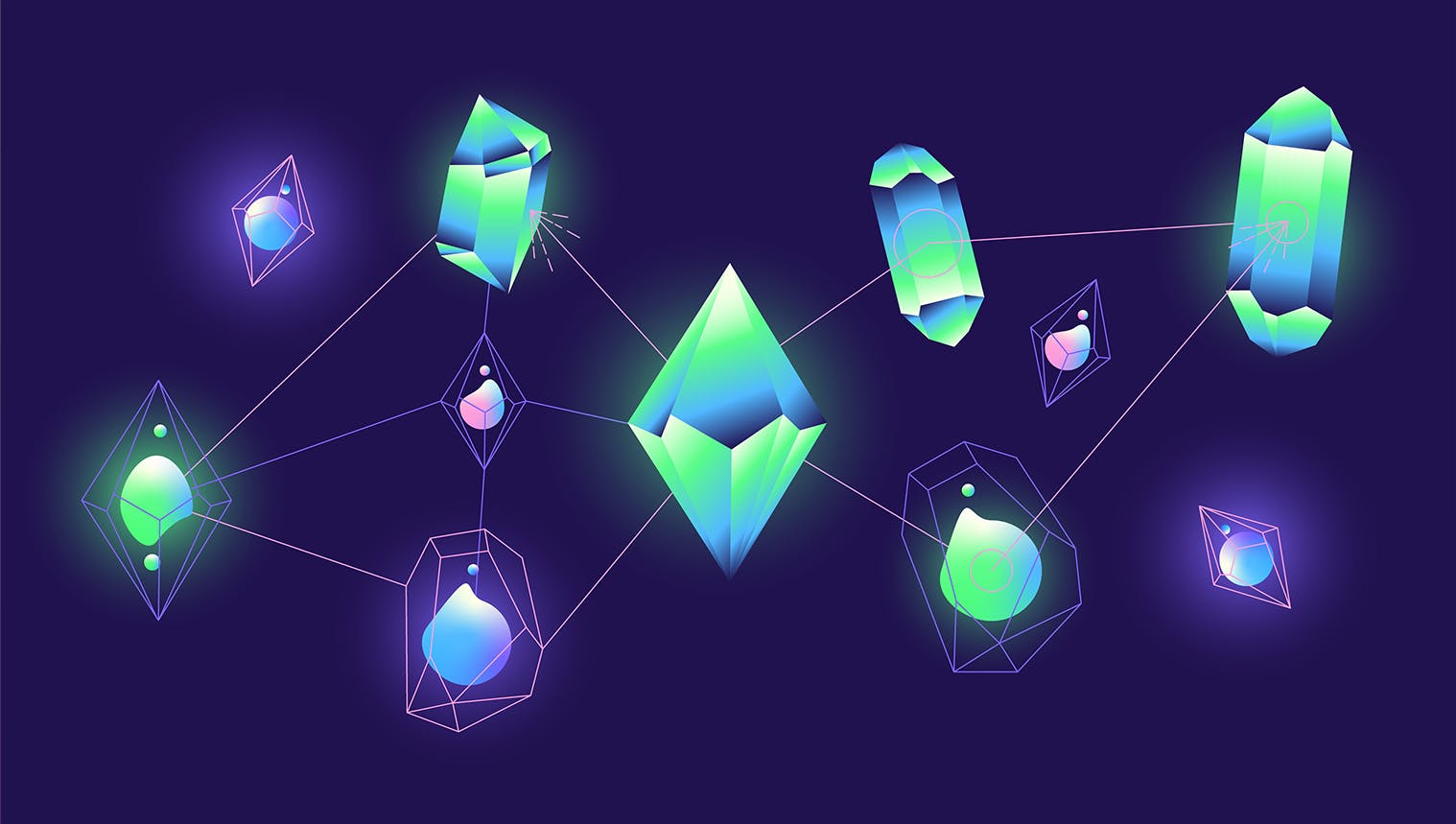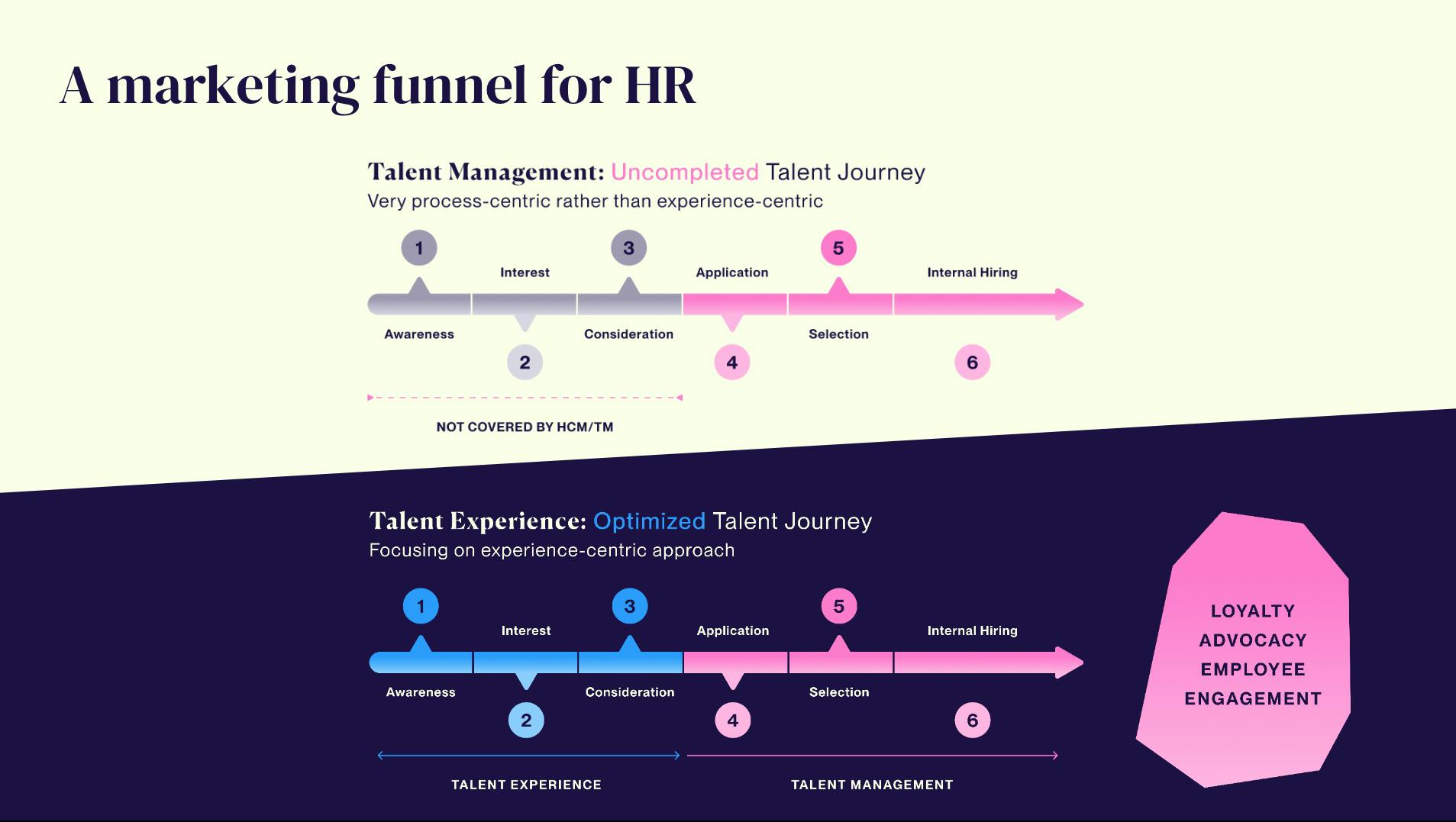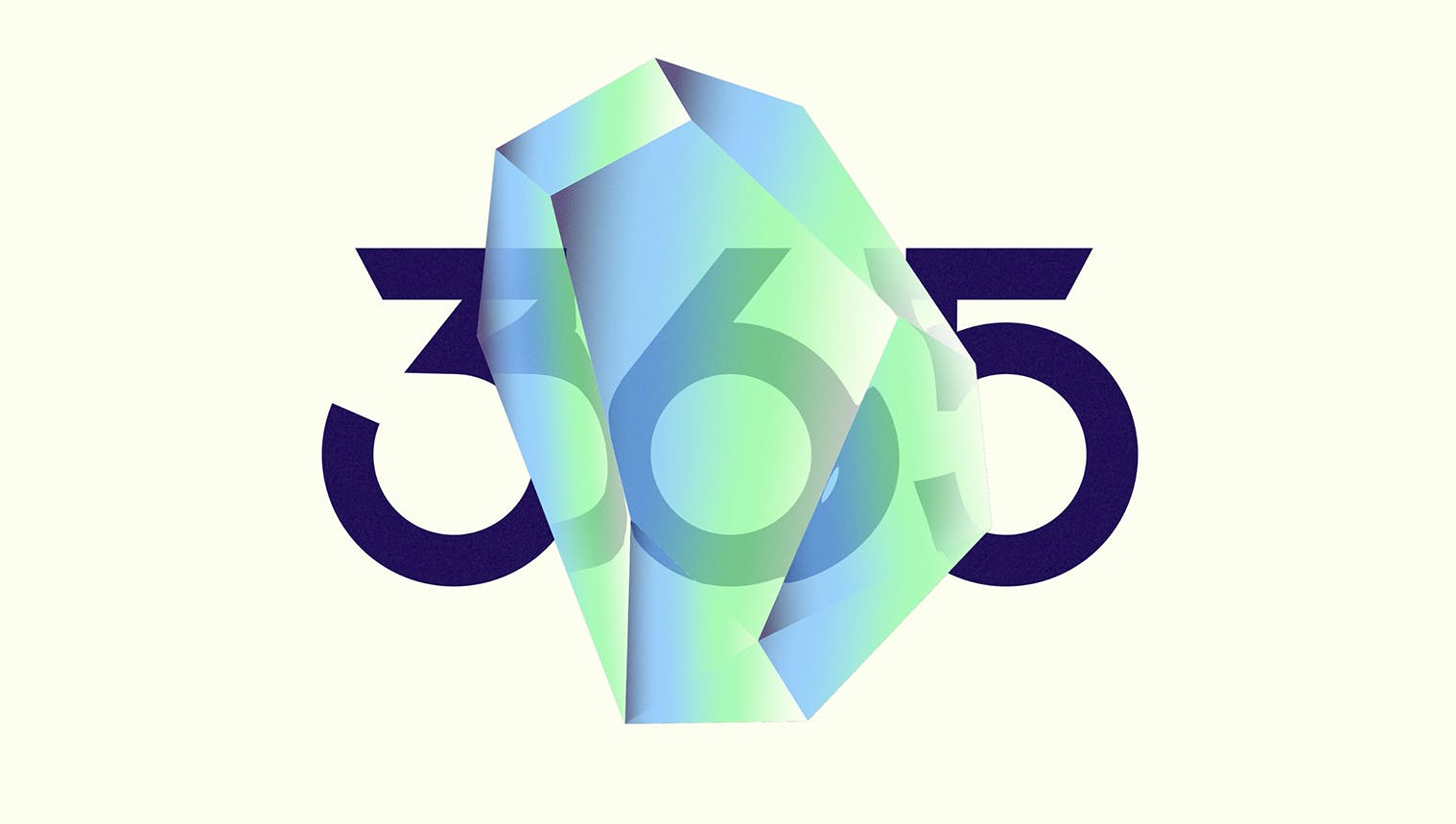Tackling talent loss: 3 tricks HR can steal from marketing

This article has been adapted from the transcript of a recent webinar by 365Talents CEO and co-founder Loïc Michel, Tackling Talent Loss: 3 Lessons I Learned From My Marketing Team.
People today are quitting everywhere across the globe.
There are many ways and many types of quitting. We all heard about the Great Resignation during and after COVID. And since then, quitting has become so powerful it's now considered a trend.
In the fall of 2022, quiet quitting was buzzing quite a lot across North America and Europe. It actually all started in China with the hashtag "tang ping", or lying flat. It was a movement to reject the societal pressure to overwork plus to work hours and hours without purpose.
When it comes to quiet quitting, we need to be really careful because it's a complex topic and it has several definitions. As you may know, quite quitting is not actually quitting. It's just rather doing the strict minimum to maintain your job, but not much more. Those participating in the movement define it really like a rejection of the opposing culture where work becomes your life.
This all often stems from something more complicated. It can be the result of a toxic workplace, or, more importantly, a sense of total disengagement, lack of purpose and mission within the workplace.
According to McKinsey, the top reasons people are resigning have less to do with money, work life balance, or mental health, but rather, because they don't feel a professional sense of belonging.
In sum, this can be as powerful as a marketing trend, which is why I turned to my marketing team to see how HR marketing tactics can be used to remedy torrential talent loss.
So what did I learn from my marketing team?
Well, first they told me about the marketing funnel and customer journeys. And I thought, hey, this looks a lot like what the talent experience should look like.
HR parallels to the customer journey
It seemed to me that the outputs and the outcomes of this funnel really look like the ones of a good talent experience: loyalty, engagement, advocacy.
All these basic steps — going from awareness to interest, then consideration, conversion, loyalty, and advocacy — are definitely something that makes a lot of sense when you are considering your internal talent experience.
So I tried to convert these concepts of marketing and customer journey into something more HR- and talent-related. I realized that in fact these first three steps — awareness, interest, consideration, and then loyalty and advocacy — are often missing from the talent journey.

3 engagement tricks HR can steal from marketing
With my marketing team, we tried to create some useful parallels between how to turn good customer experience into something that is engaging for your employees, generating loyalty and advocacy — and how to apply that to the HR space and the talent experience space.
There are three marketing-like tactics that HR can apply to your talent experience inside the company.
1. Mission
First, work on the mission: How to create purpose because purpose gets and brings motivation.
It’s like Simon Sinek says, it always starts with a "why."
You need to express in a really concrete way what is the mission of your organization and how any employee in your workforce can contribute to it. Creating a strong mission brings motivation.
So first step: mission and purpose.
2. Personalized experiences
Second, we need to create personalized experiences. We can do this by creating personalized opportunities for employees to develop their skills and passions based on their background and aspirations.
In marketing, this is often done through technology, by knowing your market and who you are talking to. This would be called identifying your personas: who are your different “buyers” and what are their different characteristics.
Once you know your market and your personas, then you can start building the journey, not a single one, but multiple journeys as, for example, the talent experience that fits Gen Y won't necessarily fit Gen Z.
And that's a really intricate task because there’s a lot of complexity and diversity that you have to handle and take into account.
Here is where you can leverage technology like marketing teams do.
So by using artificial intelligence and matching tools, you can create these customized journeys on a large scale just like a marketing team does with tools such as the CRMs, social media management tools or email delivery platforms.
3. Integrated campaigns
Finally, once all of the previous is in place, you have to think of integrated communication campaigns.
You need to build and design integration with a strong and deep communication strategy. A particular topic and a particular purpose are needed. That's the goal of your campaign. Then you can engage every employee in it and its concept.
So employees can, for example, be connected to an integrated campaign on sustainability and environmental responsibility.
Employees can assess their skills, such as green or sustainable skills. Then you can merge these with other aspects of their career or paths within your organization taking into account intensives, incentives and team building activities. You can consider how these green skills are part of something bigger and really important for the company: mapping them, identifying what are the key aspects or key jobs for the sustainable transformation, analyzing where the gaps are and how employees can actually solve and fill said gaps to help your organization thrive in the sustainability challenges.
This is just like a marketing campaign.
Now that we have these steps, I wanted to share with you a concrete case study on how to build a technology stack around talent experience.
In terms of positioning an HR tech stack in your organization, you may have your core HR system with admin, payroll and I.T. This is transactional with payroll and data. Then you have a talent management core system, your suite for HR processes and practices. These are for the final three steps.
But usually the talent experience piece (a.k.a., “the first three steps”) is missing and that's where your employee’s career and growth will be at stake. As mentioned before, here is where you generate awareness, interest and consideration. On top of that, or in parallel, you may have some employee experience platforms like internal social networks, internal communications or an intranet.
Take, for example, one of 365Talents’ customers in the environment services industry: Veolia.
Veolia has a core HR system which is powered by SAP SuccessFactors, then they have their talent management processes covered by a recruitment and a learning platform, and they have the talent experience platform, which is powered by 365Talents.
And what does the talent experience platform do? It stands as the one-stop shop for all the diverse personalized career opportunities that the company can offer to each employee — and integrates with their core HR system. And it's the central database, the master data management piece for skills-related data, offering great and unique insights for HR.








Want to learn more about how 365Talents can help you leverage marketing tactics to grow HR engagement? Get in touch with our team today.
Uncover more HR insights








